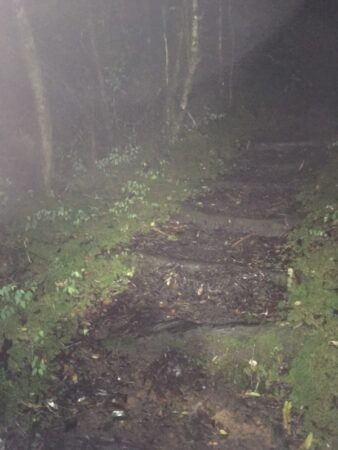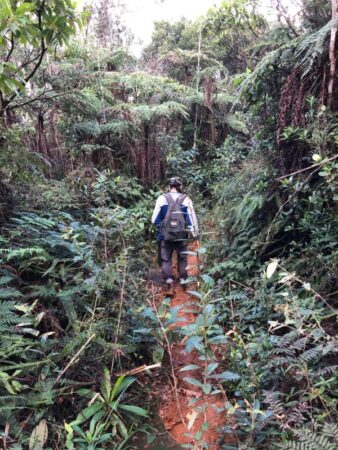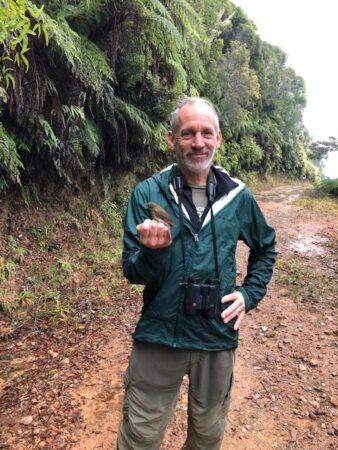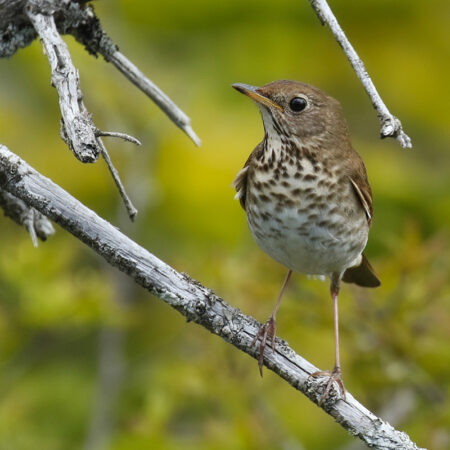
BirdsCaribbean brings you highlights from the Journal of Caribbean Ornithology in our feature “Recently Published in JCO.” Here, Zoya Buckmire, the Lead Copy Editor for the Journal of Caribbean Ornithology, explores how researchers are using data that spans decades to examine the overwinter status of Bicknell’s Thrush.
Birds connect our world—as the 2020 World Migratory Bird Day theme so succinctly asserts. The Nearctic-Neotropical migrants that breed up north “belong” as much to the Caribbean as they do to North America. This is true even for range-restricted species. The Bicknell’s Thrush (Catharus bicknelli), an unassuming and elusive thrush found only in a narrow corridor along the eastern US and Canada, overwinters exclusively in the Greater Antilles. The Dominican Republic boasts the majority of this species’ suitable overwintering habitat, with Cuba a distant second, followed by Jamaica, Haiti, and Puerto Rico. Unfortunately, Bicknell’s Thrush is considered Vulnerable by the IUCN, and the threats faced by this species are multiple and varied across both its northern breeding ground and Caribbean overwintering ground. Full annual cycle conservation means identifying—and conserving—habitat across its range.
In this paper by Christopher Rimmer and colleagues, we learn a bit more about the Bicknell’s Thrush’s distribution and status in Cuba, from surveys as far back as 1998. This study compared data from two different sampling seasons conducted by different teams, a method we discussed in our recent blog, to make the most of available data. To get a bit more insight into how this collaborative and multi-decadal paper came to be, we reached out to Chris and his co-authors with some questions.
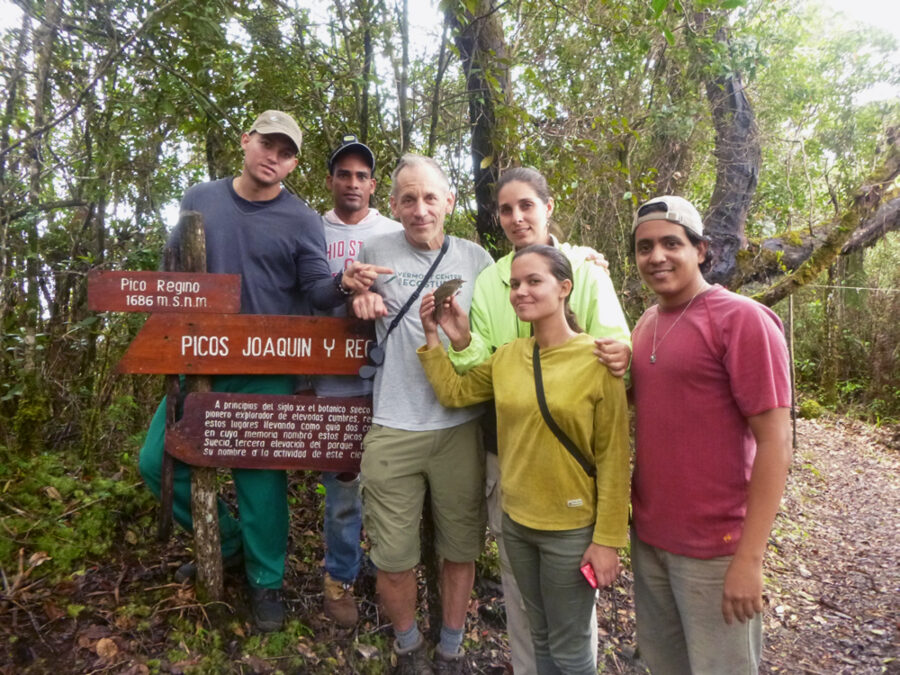
We first delved, of course, into the conception and motivation for this research; why Cuba?
As part of an international effort to understand the full life cycle ecology and conservation needs of Bicknell’s Thrush (BITH), it became clear that we needed to know the species’ overwinter status on Cuba. Both phases of this study (1998-2005 and 2017-2020) aimed to clarify the distribution and habitat use of BITH on Cuba. Prior to the Canadian Wildlife Service (CWS) surveys in 1998-2005, we had no direct evidence that BITH overwintered on the island—but eastern Cuba’s extensive and largely intact montane forests begged for focused surveys. The exploratory CWS surveys confirmed the species’ presence at high elevations in Sierra Maestra and established a reference to guide future efforts. The 2017 Conservation Action Plan for BITH articulated an explicit goal to clarify the species’ status in Cuba, and that motivated our 2017-2020 follow-up surveys.
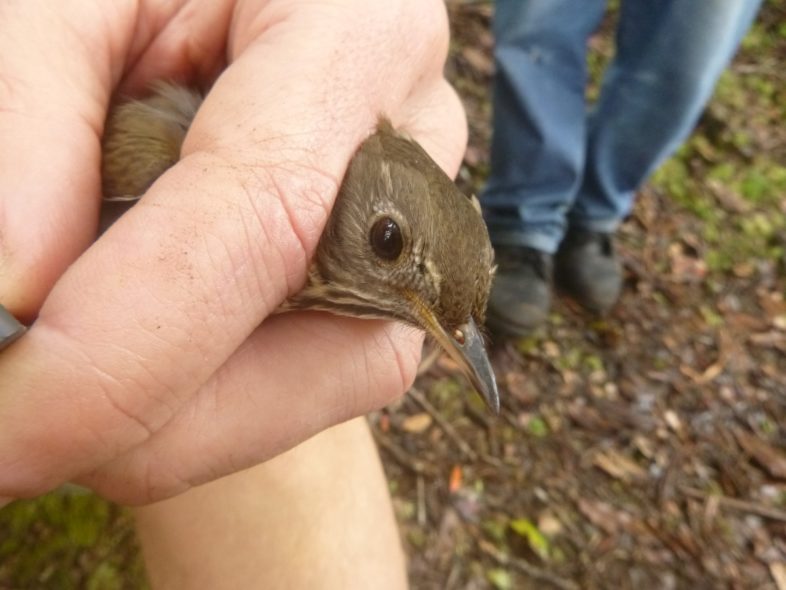
We were not surprised to learn that field surveys in the remote mountains of Cuba were… adventurous to say the least. But with great effort comes great reward:
It is nearly impossible to highlight a single moment or experience that stands out above the rest. For me, one is hiking up the absurdly steep trail from our base camp at 1365 m elevation in pre-dawn darkness and covering 11 km to reach the summit of Pico Turquino at dawn. Being the only humans on Cuba’s highest peak as the sun rose and dawn chorus unfolded was a magical moment.
A second stand-out memory involves our 2019 expedition to Pico Bayamesa, a remote section of Sierra Maestra that required a grueling hike with backpacks into terrain that may never before have been visited by humans! The combination of genuine adventure, camaraderie with my Cuban colleagues in the face of physical challenges, and hard-won encounters with both BITH and endemics was unforgettable.
The details of this particular expedition can be found (in hilarious detail) in this blog by Chris on the VCE’s website.
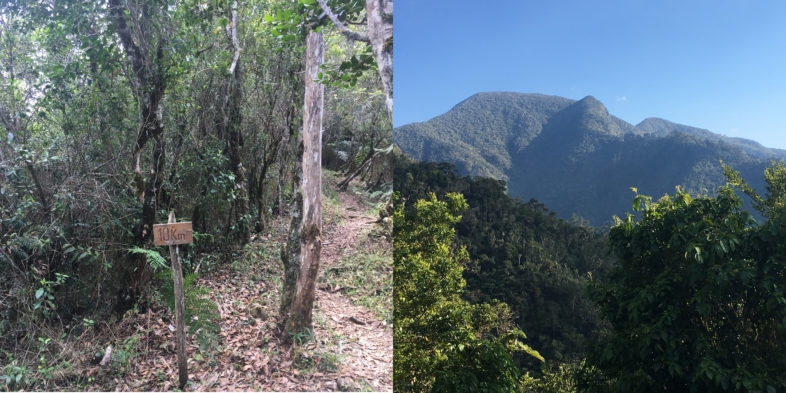
The data collection was also not without its challenges.
Co-author Yves Aubry chimed in to say: After discussion with Chris and colleagues from Vermont, the Canadian Wildlife Service took the lead during the 1998-2005 period because it was easier for Canadians to go and work in Cuba in that time. There was at that time no official winter record of BITH, so we found the species at the top of the Sierra Maestra after visiting many other lowland localities looking mostly for pine stands (habitat used in Dominican Republic). The first BITH call heard from a distance in the western steep slopes of Pico Cuba was an exciting moment for the whole team in 1998. The organization of such an expedition was a challenge—just to get the proper authorizations and all paperwork that involved the defense, protected areas, and sciences departments (national, provincial, and regional levels) was a serious task for our Cuban colleagues, at least for the first period. After those bureaucratic steps were done, the collaboration was really an asset for the success of the expedition.
Chris: as Yves mentioned, permitting and logistics were a perpetual challenge, one that we managed to overcome each winter thanks to the persistence and negotiating tact of our Cuban colleagues at BIOECO (Centro Oriental de Ecosistemas y Biodiversidad). The primary other challenge had to be the physical hardships of backpacking to our high-elevation study sites. None of Sierra Maestra’s high peaks are accessible by road, and this project was the most physically taxing of any during my 30+ years studying BITH in the Greater Antilles.
The authors have high hopes for what this research will lead to, and the future of conservation planning for this species.
Our work confirms the importance of eastern Cuba’s high-elevation forests as a secure wintering area for BITH. We now know that the species is effectively limited to cloud forests in Sierra Maestra and that it occurs in these at fairly low densities, such that there appears to be a smaller overall population than we’d anticipated, given how much seemingly suitable habitat exists. I believe our most significant result is that these findings confirm the strategic importance of Hispaniola—and specifically the Dominican Republic—as the primary target for conservation efforts directed at BITH (the paper’s final paragraph sums that up well). So, in the sense that the international BITH conservation research agenda is now doubled down on the DR, this work definitely impacted priority setting for the species.
In closing, Chris expressed his awe and gratitude to the team that came together to make this study happen: If anything, the pulling together of this paper required much collaboration and choreography! With 9 coauthors from 3 countries and two disparate sampling periods, it was in many respects the most challenging (and time-consuming!) paper I have led over my career. I’m proud of how everyone contributed and worked together to ensure that the paper was JCO-worthy.
This work was made possible by the dedicated commitment of researchers and scientists across countries and decades, and various organizations from the Vermont Center for Ecostudies and Environment and Climate Change Canada/Canadian Wildlife Service to on-the-ground partners BIOECO, UNEP Corredor Biológico en el Caribe, and Instituto de Ecología y Sistemática de Ciudad de la Habana. It just goes to show what is possible when we come together across borders to study and protect our common species.
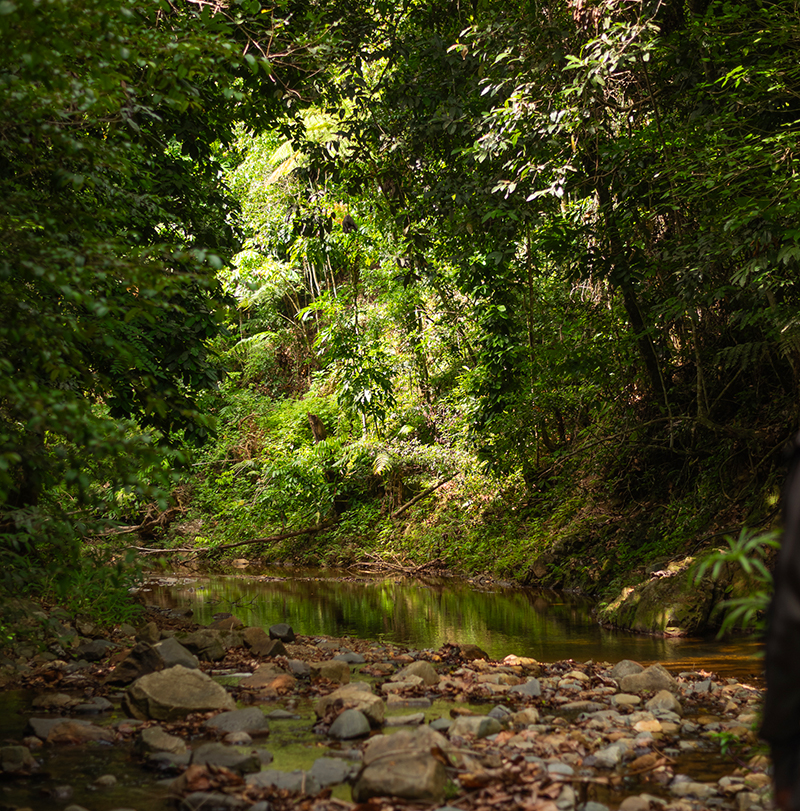
You can learn more about (and visit!) the Bicknell’s Thrush’s major overwinter habitat if you join us in the Dominican Republic this summer! Head over to our conference website to learn all about our incredible keynotes (including Chris’s!), skills-building workshops, insightful symposia, thrilling pre, mid, and post-conference field trips, and to get registered! You don’t want to miss this!
The Journal of Caribbean Ornithology is a peer-reviewed journal covering all aspects of ornithology within the Caribbean region, publishing in English, Spanish, and French. We welcome manuscripts covering the biology, ecology, behavior, life history, and conservation of Caribbean birds and their habitats. The JCO also publishes conservation reports and mentors inexperienced authors to help them develop their manuscript for publication. The JCO relies on donations to keep all of our publications free and open-access. Support our non-profit mission and give a voice to Caribbean ornithologists and their work by becoming a supporter of JCO.

